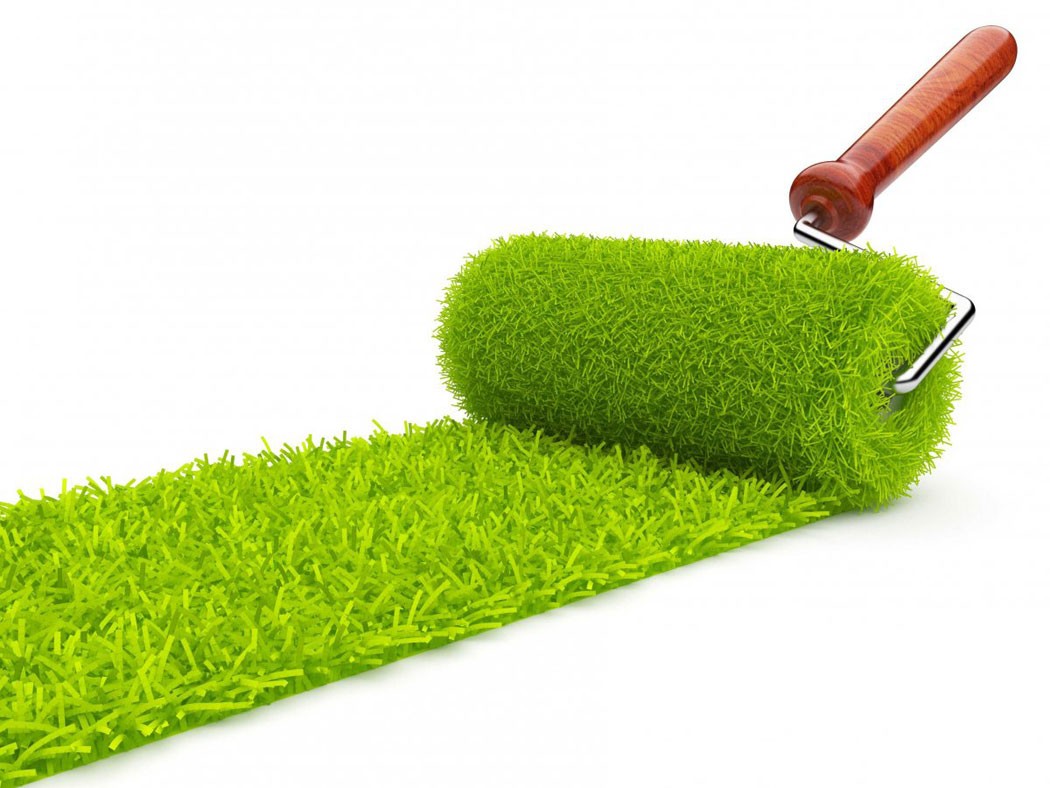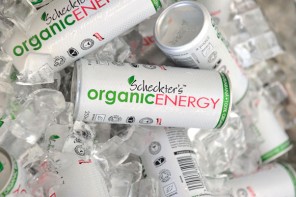According to the Safer and Superior New Product Standard, for a green cleaning product genuinely to be eco-friendly it must meet certain minimum standards. These include being safer for the environment, safer for human contact, offer superior performance and deliver superior savings, when compared to chemical or non-eco-friendly counterparts.
“Each and every green cleaning product sold must meet the international Safer and Superior New Product Standard, which must exceed governmental and institutional definitions, laws and regulations pertaining to ‘greener’ and ‘safer’ cleaning products,” says Clinton Smith from Green Worx Cleaning Solutions. “The Standard is meant to ensure that customers and users don’t lose in terms of performance and cost when switching to products that claim to be safer and more environmentally friendly cleaning products.” Resultantly, companies need to address the first of the four parts of the international Safer and Superior New Product Standard. These include being safer for the environment due to being readily biodegradable, having a low aquatic toxicity, containing renewable resources and being concentrated.
Making products that are safer for the environment should be the mission. Yet many companies use the term ‘biodegradable’ as if this indicates environmental safety. “Everything is ‘biodegradable’,” confirms Smith. “The term ‘biodegradable’ is a greenwashing term used by many companies to mislead consumers. You are biodegradable. Even the home you live in and the facility you work in will biodegrade over the next few hundred years. The term biodegradable by itself does not mean that something is green, environmentally friendly or even eco-friendly.”
Company brochures and marketing strategists build campaigns to lead consumers to believe that ‘biodegradable’ means eco-friendly, but this should come with a caveat that this isn’t always true
Company brochures and marketing strategists build campaigns to lead consumers to believe that ‘biodegradable’ means eco-friendly, but this should come with a caveat that this isn’t always true. “There are standards of biodegradability. For biodegradability to elevate the level of a product’s eco-friendliness, every ingredient must be readily biodegradable.” Many manufacturers indicate on their products’ Material Safety Data Sheets (MSDS) that one ingredient is biodegradable and therefore claim that the product is safer for the environment. This simply isn’t true. “For a product to be green it must be readily biodegradable in its entirety. This is the industry’s highest standard for eco-friendliness, although it varies from country to country. A material is described or classified as ‘readily biodegradable’ if there is evidence from standard tests that it will be broken down by living organisms and thus removed from the environment,” states Smith.
To pass the most stringent biodegradability tests defined by the Organization for Economic Cooperation and Development (OECD) – an international economic organisation of 34 countries founded in 1961 to stimulate economic progress and world trade – at least 60 to 70 percent of the material must be broken down within ten days. Under this standard, all the ingredients must be readily biodegradable. “Low aquatic toxicity is essential to environmental safety and protecting the world’s water supply, as everything that is disposed of eventually goes into the water table,” says Smith. This applies to both fresh and salt water, and affects the chemical composition of the earth’s water supply. “Every ingredient in a ‘green’ product must be tested to show low to no fish and marine life toxicity. The effect of a low toxicity product would be equivalent to natural ingredients like orange juice or red wine being disposed of.”
To facilitate renewable resources, every ingredient used in a green cleaning product must be renewable to protect future generations. “To be green, products must be the result of smart chemistry that is focused on sustainability and the reduction of the overall carbon footprint.” Green products must be concentrated products. “By making products concentrated we are able to reduce packaging needs and fuel consumption. As a result, we lessen the amount of plastic that goes to landfills and the air pollution that stems from burning fossil fuels”, concludes Smith.
Products are only green and safer for the environment if they encompass all four of these essential standards. Anything less, and these green claims should be considered greenwashing.
Image here











